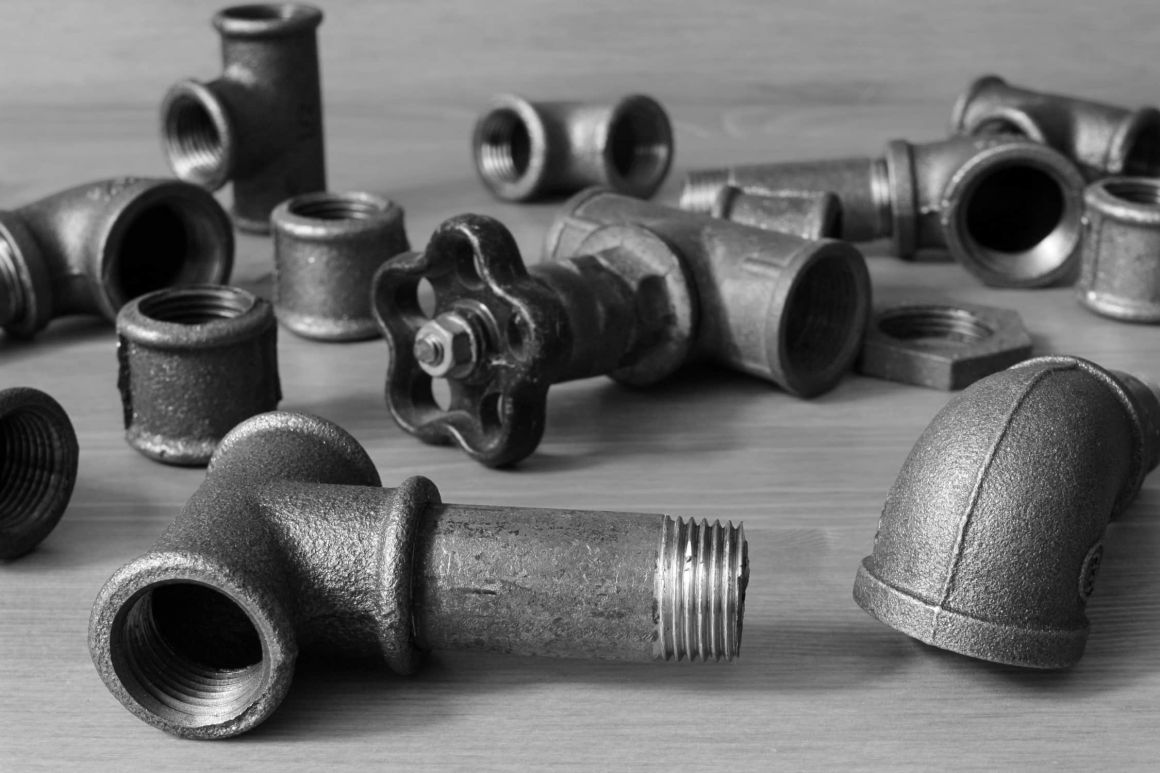Cast iron plumbing, a traditional material with a long history, remains a popular choice for many plumbing systems today. Despite the emergence of newer materials and technologies, cast iron plumbing continues to be valued for its durability, strength, and reliability. In this article, we’ll explore what Cast Iron Plumbing is, its historical context, its benefits, and why it still holds a prominent place in modern plumbing systems.
Understanding Cast Iron Plumbing
Cast iron plumbing refers to the use of cast iron pipes and fittings for plumbing systems. Cast iron is an alloy of iron that contains a higher carbon content than steel, which gives it unique properties that make it suitable for plumbing applications. The casting process involves pouring molten iron into molds, allowing it to cool and solidify into the desired shape. This process results in a strong, durable material that has been used in construction and plumbing for centuries.
A Brief History of Cast Iron Plumbing
The use of cast iron in plumbing dates back to ancient times, with early examples found in China and the Middle East. However, it became more widely adopted in Europe during the 19th century, particularly in the industrial revolution when the demand for durable and reliable plumbing systems increased. Cast iron pipes were used extensively in municipal water systems, sewage systems, and industrial applications.
The longevity of cast iron plumbing is evident in many historical buildings and infrastructure projects that continue to use these pipes today. This durability is a testament to the material’s effectiveness and resilience over time.
Benefits of Cast Iron Plumbing
Durability and Strength
One of the primary reasons cast iron plumbing is still popular today is its exceptional durability. Cast iron pipes are known for their strength and ability to withstand high pressure and impact. This makes them ideal for handling the stresses and strains of modern plumbing systems, including water distribution and sewage systems.
Noise Reduction
Cast iron has excellent sound-deadening properties. When water flows through cast iron pipes, the material helps to minimize noise compared to other plumbing materials. This makes cast iron an ideal choice for indoor plumbing, where reducing noise from pipes is important for maintaining a quiet and comfortable living environment.
Longevity
Cast iron plumbing systems have a long lifespan, often exceeding 50 years with proper maintenance. This longevity makes cast iron a cost-effective option over time, as it reduces the need for frequent repairs or replacements. Additionally, cast iron pipes are resistant to corrosion and can endure harsh environmental conditions, further extending their service life.
Resistance to Damage
Cast iron pipes are resistant to damage from external forces such as impacts, shifting soil, and ground movement. This makes them suitable for use in various soil conditions and environments. They are also less likely to crack or break under stress, which helps to prevent leaks and other plumbing issues.
Recyclability
Another advantage of cast iron plumbing is its recyclability. When cast iron pipes are eventually replaced, the material can be melted down and reused, reducing waste and environmental impact. This sustainability aspect contributes to the ongoing popularity of cast iron in modern plumbing systems.
Challenges and Considerations
While cast iron plumbing has many benefits, it is not without its challenges. Some considerations include:
Weight
Cast iron pipes are relatively heavy compared to other plumbing materials like PVC or copper. This can make installation more challenging and labor-intensive, as the pipes require additional support and handling during the installation process.
Cost
The initial cost of cast iron plumbing can be higher than alternative materials. However, the long-term benefits and durability often outweigh the higher upfront costs. For many property owners, the investment in cast iron plumbing is justified by its longevity and performance.
Maintenance
Although cast iron pipes are durable, they can still require maintenance to ensure their continued effectiveness. Regular inspections and maintenance can help identify and address any issues such as rust or blockages. Proper care can extend the lifespan of cast iron plumbing systems and prevent potential problems.
Why Cast Iron Plumbing Remains Popular Today
Proven Performance
The longstanding use of cast iron plumbing in both residential and commercial applications is a testament to its proven performance. The material’s reliability and effectiveness in handling various plumbing needs have solidified its reputation as a trusted choice for plumbing systems.
Historical Value
In many historical buildings and older neighborhoods, cast iron plumbing is a key component of the original infrastructure. Preserving and maintaining these systems can be important for historical preservation and maintaining the integrity of the building’s original design.
Modern Applications
Despite advancements in plumbing technology, cast iron continues to be used in new construction projects. Its durability, noise reduction properties, and resistance to damage make it a suitable choice for specific applications, particularly in commercial and industrial settings where performance is critical.
Aesthetic Considerations
In some cases, cast iron plumbing is chosen for its aesthetic appeal. The classic, traditional look of cast iron pipes can complement certain architectural styles and contribute to the overall design of a building.
Conclusion
Cast iron plumbing remains a popular and reliable choice in today’s plumbing systems, thanks to its durability, strength, and proven performance. While it may face competition from newer materials, the benefits of cast iron, including its longevity and resistance to damage, ensure its continued use in both historical and modern applications. Whether in historic buildings or contemporary constructions, cast iron plumbing stands as a testament to the enduring value of traditional materials in the ever-evolving world of plumbing.



